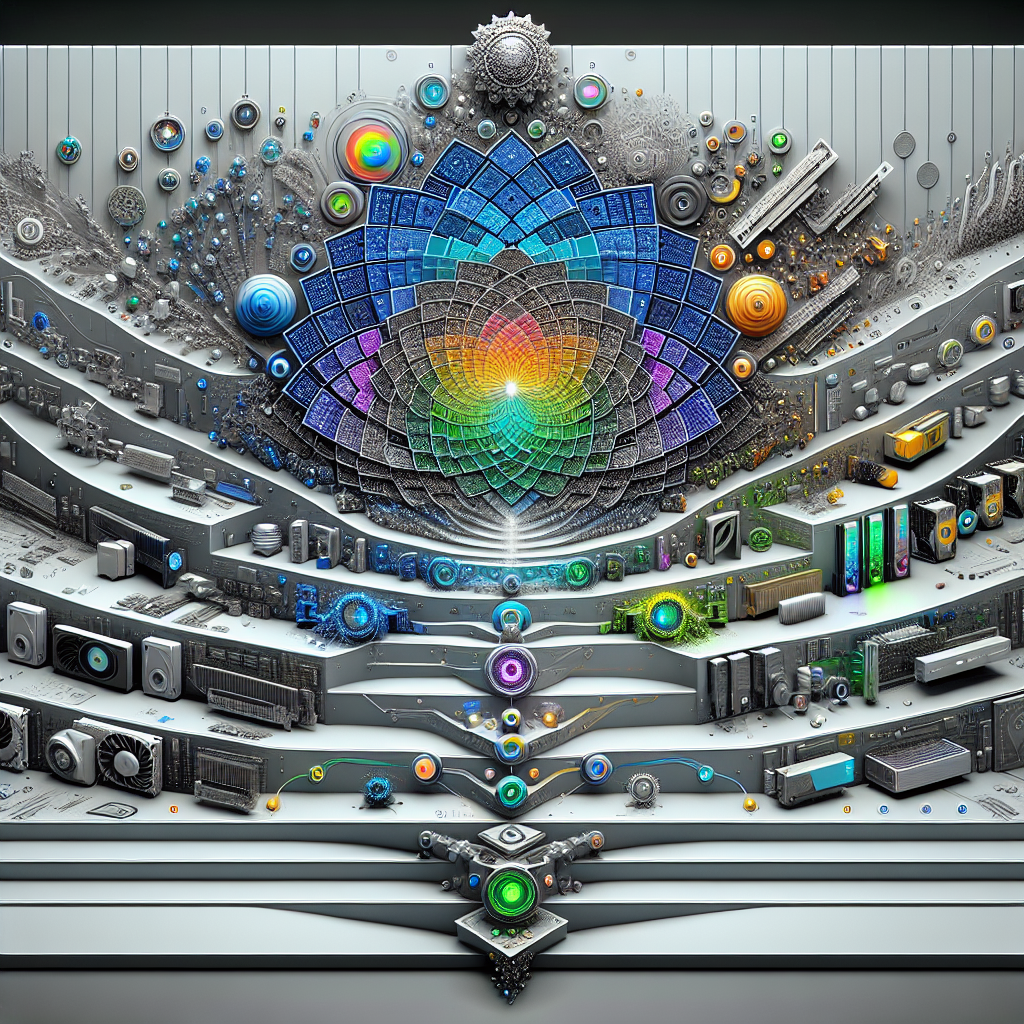The Evolution of Real-Time Ray Tracing: A Look at RTX Technology
Real-time ray tracing is a rendering technique that simulates the way light interacts with objects in a scene to create realistic images. This technology has been around for decades, but recent advancements in hardware and software have made real-time ray tracing more accessible and efficient than ever before. One of the most significant developments in this field is the introduction of RTX technology by NVIDIA.
RTX technology is a groundbreaking advancement that leverages the power of ray tracing to deliver stunning visuals and realistic lighting effects in real-time. With the introduction of the NVIDIA RTX series of graphics cards, game developers and content creators now have the ability to create immersive and visually stunning experiences that were previously only possible in offline rendering.
One of the key features of RTX technology is the use of dedicated hardware called RT cores, which are specifically designed to accelerate ray tracing calculations. These RT cores enable real-time ray tracing to be performed at much faster speeds than traditional rendering methods, resulting in smoother and more realistic visuals.
Another important component of RTX technology is the integration of artificial intelligence, specifically through NVIDIA’s Deep Learning Super Sampling (DLSS) technology. DLSS uses AI algorithms to upscale lower resolution images to higher resolutions without compromising on image quality, allowing for better performance and improved visual fidelity.
The evolution of real-time ray tracing and the introduction of RTX technology have had a significant impact on the gaming and entertainment industries. Games like Cyberpunk 2077, Minecraft with RTX, and Control have demonstrated the power of real-time ray tracing in creating immersive and visually stunning worlds that were previously impossible to achieve.
In addition to gaming, RTX technology has also been utilized in other industries such as architecture, design, and film production. Real-time ray tracing allows for more accurate lighting simulations and realistic material interactions, making it an invaluable tool for creating lifelike visualizations and animations.
As technology continues to evolve, we can expect to see even more advancements in real-time ray tracing and RTX technology. With the ongoing development of faster hardware, improved software, and advancements in AI, the possibilities for creating realistic and immersive experiences are endless. The future of real-time ray tracing is bright, and RTX technology is leading the way towards a new era of visual storytelling.


